

#6 THE FUNDAMENTALS OF DISPLACEMENT AND BASS SYSTEM PERFORMANCE
In high end audio circles there is no shortage of nonsense and magical claims about bass system performance. You sure wouldn’t
know by the distractions put forward by speaker makers and the audio press, but the single most important thing to know about any
bass system is its displacement.
Let’s cut to the chase. A woofer’s performance envelope is strictly limited by its displacement. No woofer can exceed this limitation, no
matter the flavor of secret sauce you’re willing to accept.
The explanation of the role of displacement is actually quite simple, and I hope you’ll find it intuitively satisfying.
A woofer’s displacement is the volume, commonly expressed in cubic centimeters, formed by its working area times its linear stroke. To
visualize the concept, for round diaphragms, displacement is a cylindrical volume.

Fundamental physics: displacement determines the maximum amount of work a driver can do. For any given displacement, that limit
will look like this.
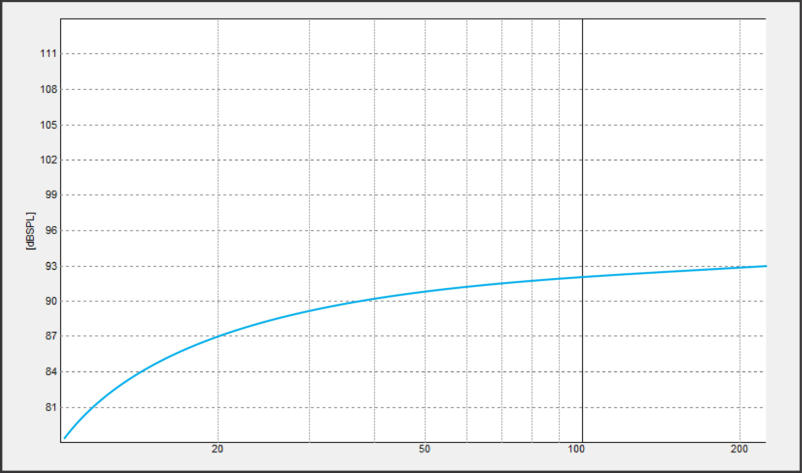
With today’s technology we can elect to choose any combination of output and extension within that envelope. (I’ve simplified things a
little bit for visual clarity, but the principles remain intact.)
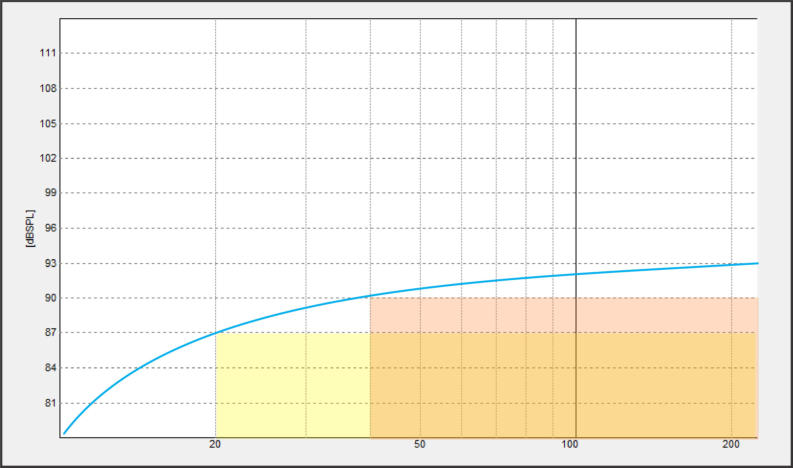
If we double the displacement, our choices occur at output levels that are 3dB greater, or twice.
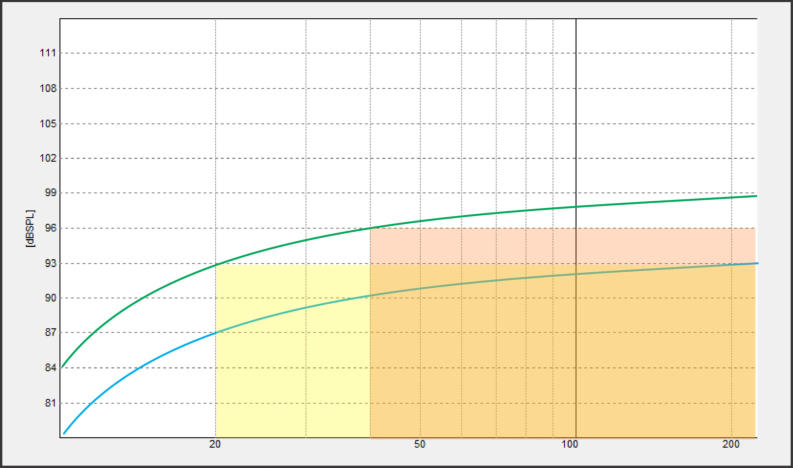
Once we have sufficient displacement at our disposal, we can choose better combinations extension and output. To achieve both
extension and amplitude you need plenty of displacement.
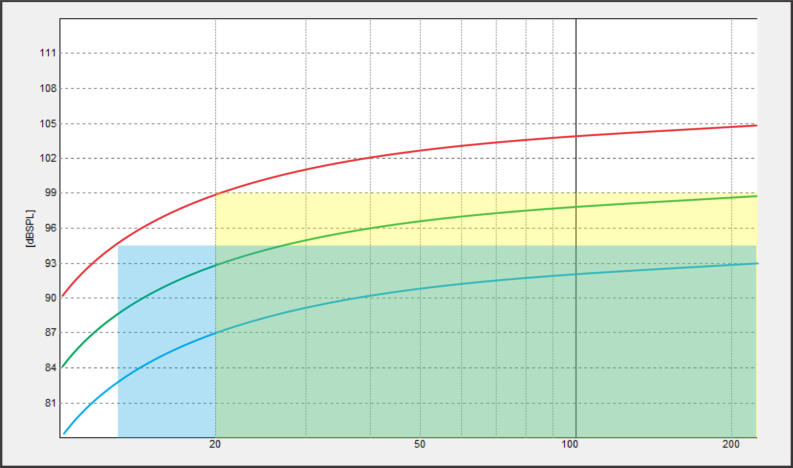

Why drive this point home? I recently noticed astonishing claims about a twin 6” bass system, at an even more astonishing price. Very
high displacement 6 inchers displace maaaybe 150 cubic centimeters. Two would sum to 300 cc.
Our entry level Raven displaces 882 cc, and uses every darn bit of it.
When comparing bass systems keep in mind that there are several other factors in play, but all of them must work within the
limitations of a system’s displacement.
#6 THE FUNDAMENTALS OF DISPLACEMENT
AND BASS SYSTEM PERFORMANCE
In high end audio circles there is no shortage of
nonsense and magical claims about bass system
performance. You sure wouldn’t know by the
distractions put forward by speaker makers and
the audio press, but the single most important
thing to know about any bass system is its
displacement.
Let’s cut to the chase. A woofer’s performance
envelope is strictly limited by its displacement. No
woofer can exceed this limitation, no matter the
flavor of secret sauce you’re willing to accept.
The explanation of the role of displacement is
actually quite simple, and I hope you’ll find it
intuitively satisfying.
A woofer’s displacement is the volume, commonly
expressed in cubic centimeters, formed by its
working area times its linear stroke. To visualize
the concept, for round diaphragms, displacement
is a cylindrical volume.
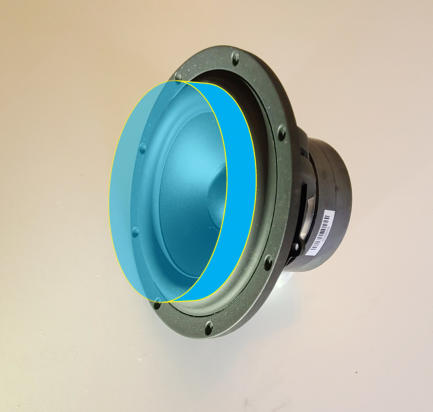
Fundamental physics: displacement determines
the maximum amount of work a driver can do.
For any given displacement, that limit will look like
this. (I’ve simplified things a little bit for visual
clarity, but the principles remain correct.)
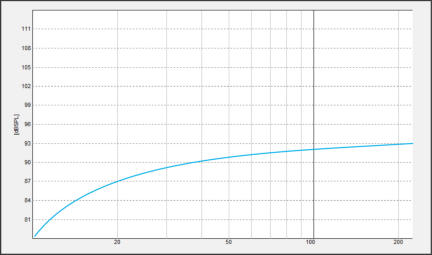
With today’s technology we can elect to choose
any combination of output and extension within
that envelope. (I’ve simplified things a little bit for
visual clarity, but the principles remain intact.)
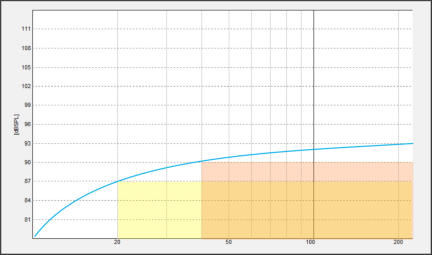
If we double the displacement, our choices occur
at output levels that are 3dB greater.
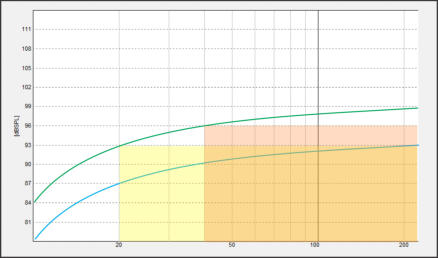
Once we have sufficient displacement at our
disposal, we can choose better combinations
extension and output. To achieve both extension
and amplitude you need plenty of displacement.
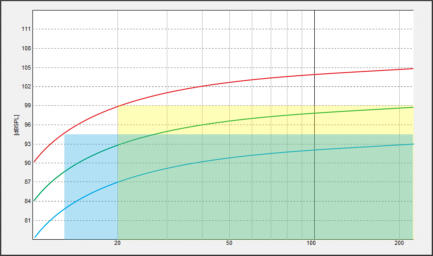


Why drive this point home? I recently noticed
astonishing claims about a twin 6” bass system,
at an even more astonishing price. Very high
displacement 6 inchers displace maaaybe 150
cubic centimeters. Two would sum to 300 cc.
Our entry level Raven displaces 882 cc, and uses
every darn bit of it.
When comparing bass systems keep in mind that
there are several other factors in play, but all of
them must work within the limitations of a
system’s displacement.






